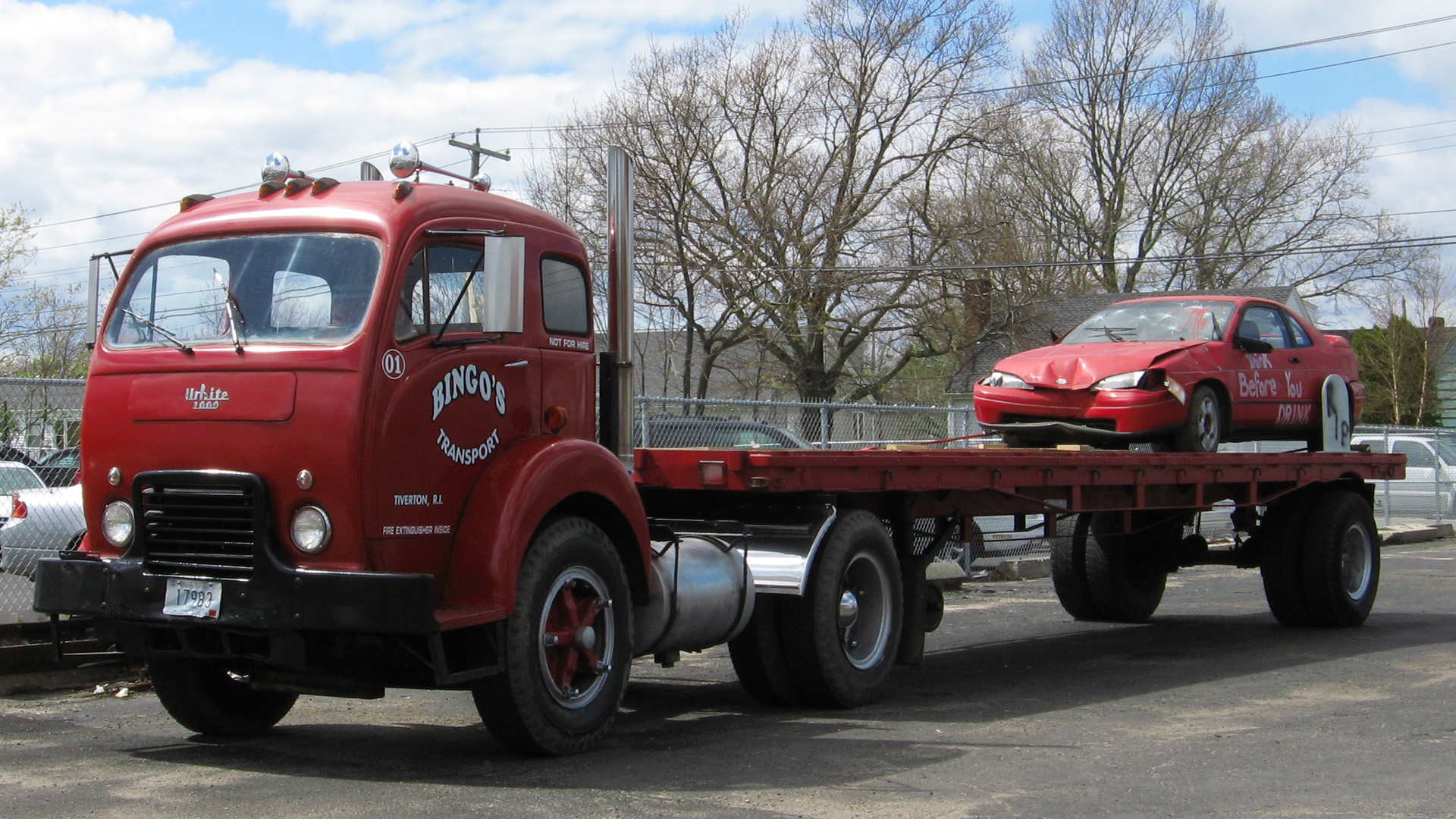When transporting a four-wheeler in a truck bed, you must take special care to ensure that it is properly strapped down. Although the size and weight of the four-wheeler will determine which strapping method is best, there are some general principles to keep in mind when securing your vehicle.
Start by positioning your four-wheeler so that it is centered on the truck bed. It should be as far forward as possible with its back wheels sitting just behind the cab of the truck. Make sure that the four-wheeler is stable and secure before beginning to strap it down.
Once the four-wheeler is in place, you can begin strapping it down.
You will need some form of tie-down straps – either ratchet straps or cam buckle straps – to secure your vehicle. If you are using ratchet straps, attach one end to an anchor point on the truck bed and then thread it around your four-wheeler so that it goes across both tires on one side and then across both tires on the other side (you may need two straps for this). Pull tight on each strap until they are snug against each tire, then ratchet them down until they are secured.
If you are using cam buckle straps, attach one end to an anchor point on the truck bed and then thread it around your four-wheeler so that it goes across both tires on one side and then across both tires on the other side (again, you may need two straps for this). Pull tight on each strap until they are snug against each tire, then use the cam buckle to secure them.
Once all of your straps have been secured, double check all of them for any signs of wear or tear. Make sure that they are tight enough so that they won’t come loose during transit but not so tight that they put unnecessary strain on your vehicle’s frame or suspension components.
Conclusion:
In conclusion, strapping down a four wheeler in a truck bed requires special care and attention to detail in order to ensure proper security during transport. Ratchet or cam buckle straps should be used according to manufacturer instructions and should be checked regularly for signs of wear or damage before every use. By following these steps, you can ensure that your vehicle remains safe while being transported from one place to another.
